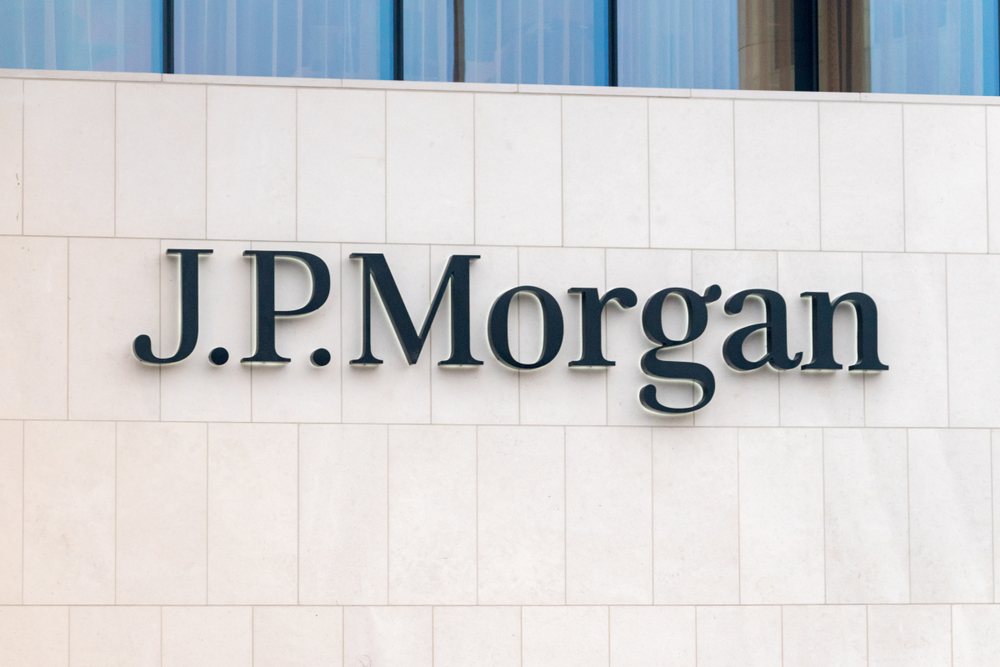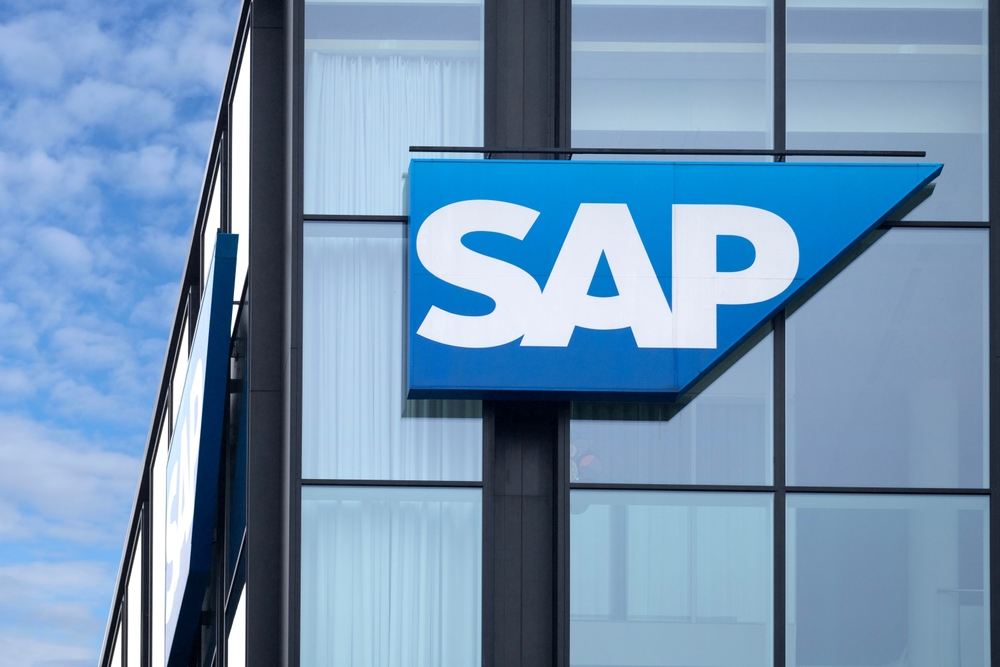But let's first look at the exchange rate of the Japanese yen. The Japanese yen is notoriously volatile, and the fact is that the average mortal does not have much insight into how much the yen is actually worth. The value of the Japanese yen is most often expressed against the US dollar. This stems from the fact that the United States has long been one of Japan's most important trading partners.
The value of the Japanese yen has tended to fall against the US dollar in recent years. Five years ago, it was possible to buy a US dollar for around 109 yen; at the beginning of this summer, it was already slightly over 160 yen. Such a weakening can be explained by growing confidence in the US economy, whereas the Japanese economy has been unable to recover from the problems it has been facing for at least the last two decades, namely stagnation and, in recent years, an unusually high inflation rate.
The Japanese economy has been facing a negative trend for a long time, which is demographic ageing. As a result, Japan is, and will continue to be, short of labour, which will manifest itself more in economic stagnation. At the same time, the share of the elderly population will increase, which will put pressure on public budgets, especially on social and health expenditure. And the growing demand for nursing staff will further squeeze out of the labour market a workforce that could otherwise be more involved in other more productive sectors. Japan will thus become to some extent a kind of laboratory for Western European countries in particular to observe the effects of demographic ageing.
However, returning to this year and the value of the Japanese currency, it has appreciated significantly in recent weeks alone, up to 140 yen to the dollar, due to the second interest rate hike this year by the Bank of Japan. Notably, the second easing of the monetary policy brake was not anticipated by the markets, and so there was some turmoil that spilled over into the equity markets.
For the ordinary Central European investor, speculating on the evolution of the yen exchange rate is therefore a rather risky business. However, investing in shares of Japanese companies may be a little more secure, despite the aforementioned long-term macroeconomic trends.
In this case, there are practically three strategies to choose from: investing in the Tokyo Stock Exchange Nikkei 225 stock index, investing in shares of traditional Japanese companies, investing in shares of fast-growing Japanese companies.
The main index of the Tokyo Stock Exchange, the Nikkei 225, consists of 225 titles that form the backbone of Japanese business. Investing in the stock index eliminates to some extent the risks of over-specialisation in one or very few sectors, for a simple reason: virtually all sectors are represented in the stock index.
The Nikkei 225 index has appreciated by almost 85 per cent over the last five years. This may seem like a rather poor performance, but compared to the US S&P 500 index, for example, it is a solid result, as the S&P 500 index has added "only" about 92 percent over the same period. Of course, it is also true here that the Nikkei 225 index can only be invested in through an ETF that replicates the composition of the Nikkei 225 index.
If you stick to a strategy of investing in stocks of traditional Japanese companies, not only their notoriety but also, for example, their market capitalisation can help. At the moment, the most valuable Japanese company is tehautomobile company Toyota, with more than $250 billion. In the top five we also find Mitsubishi UFJ Financial ($120 billion), Sony ($117 billion) and Hitachi ($108 billion).*
Of these, Hitachi (364.3 per cent) has seen the greatest appreciation over the past five years, followed by Mitsubishi UFJ Cinancial (194.8 per cent), Sony (128.1 per cent) and Toyota (89.9 per cent).
The third strategy mentioned may be to focus on high-growth companies. Here, it is suggested to focus on their performance since the beginning of this year. This ranking is led by Fujikura Ltd. which is engaged in the development and manufacture of electrical equipment or components of power and telecommunication systems. Its stock has gained more than 255 percent since the beginning of this year.*
They are followed by Mitsubishi Heavy Industries Ltd (129.8 percent), IHI Corporation (119.2 percent) and Japan Steel Works Ltd (79.4 percent). * In all cases, however, these are companies whose weight in the Nikkei 225 index is only a few hundredths to tenths of a percent. It is therefore necessary to approach investments in these companies with a high degree of caution and to monitor the development of their shares on an almost daily basis.
Last but not least, it should be remembered that exchange rate risk must be taken into account when investing in Japanese assets. As mentioned above, the Japanese yen is a relatively volatile currency, which can significantly affect the return on a particular investment in both directions. Thus, investing on one's own is a slightly more adrenaline-pumping "sport" than investing through investment funds that focus on government bonds. [1]
David Matulay, analyst at InvestingFox
* Past data is no guarantee of future returns.
[1] Forward-looking statements represent assumptions and current expectations that may not be accurate or are based on the current economic environment, which may change. These statements are not guarantees of future performance. Forward-looking statements inherently involve risk and uncertainty because they relate to future events and circumstances that cannot be predicted and actual developments and results may differ materially from those expressed or implied by any forward-looking statements.
InvestingFox is a broker of CAPITAL MARKETS, o.c.p., a.s., which has been in business for 16 years and is a regulated entity subject to supervision by the National Bank of Slovakia. With a range of more than 1000 investment instruments, a professional trading platform and institutional security, InvestingFox focuses on clients in the Czech Republic and Slovakia, to whom it provides fully localised services. The company, licensed as a securities dealer for the EU, has been an active member of the Association of Securities Dealers in Slovakia since 2008 and is also a member of the American Chamber of Commerce.
CAPITAL MARKETS, o.c.p., a.s. is located at Slávičie údolie 106, Bratislava - Staré Mesto, 811 02 Bratislava. The company is a securities trader, pursuant to Section 55(1) of Act No. 566/2001 Coll. on Securities and Investment Services and on Amendments and Supplements to Certain Acts, as amended (hereinafter referred to as the Securities Act), on 30 October 2007 it was granted by decision of the National Bank of Slovakia No. OPK-2297/2007-PLP to provide investment services within the meaning of Section 54(2) in conjunction with Section 59(2) and (3) of the Securities Act. InvestingFox is a registered trademark of CAPITAL MARKETS, o.c.p., a.s.
More information about the company, services and regulation of InvestingFox
 English
English
 Slovak
Slovak
 Czech
Czech
 Hungarian
Hungarian
 Italiano
Italiano
 Polish
Polish





